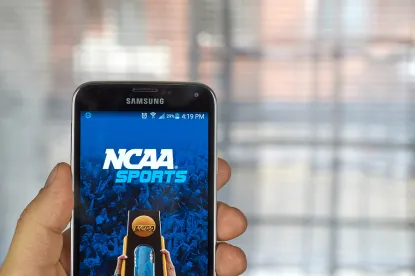As the U.S. Supreme Court observed in its highly anticipated decision in NCAA v. Alston, rendered June 21, collegiate athletics has never been fully removed from commercial interests. Going back to an infamous 1852 boat race pitting Harvard against Yale, which featured sizable cash prizes and “unlimited alcohol” provided by a railroad company seeking to boost tourism, educational institutions have wrestled with questions related to student-athlete compensation.
In Alston, a unanimous Court upheld a lower court decision overturning National Collegiate Athletic Association (“NCAA”), rules limiting the “education-related benefits” provided to student-athletes, finding the restraints inconsistent with anti-trust demands. As the Court expressed, “the NCAA enjoys the power to set wages in the market for student-athletes labor,” and further, “the NCAA has exercised that power in ways that have produced significant anticompetitive effects.”
How does this decision affect higher education institutions? While it does not require anything of them, the decision opens the door for conferences or schools to provide “education-related compensation or benefits” that were not previously permitted. For example, as the Court noted, schools could now provide graduate scholarships, tutoring, paid internships, and financial awards for academic achievement. The NCAA argued that, absent existing restrictions, such benefits could be abused, resulting in payments tantamount to compensation and destroying any meaningful distinction between professional and amateur sports. The Court found the NCAA’s arguments unpersuasive.
Because only the “education-related benefits” rules were at issue, the Court did not review other NCAA compensation rules. But Justice Brett Kavanaugh signaled the need for broader review. In his view, “the NCAA’s remaining compensation rules also raise serious questions under antitrust laws.” He described NCAA rules related to student-athlete compensation as “price-fixing,” calling the NCAA’s justifications for those rules “circular and unpersuasive.” Based upon this analysis, further litigation, and Supreme Court action on the question of the payment of student-athletes appears probable. As well, based upon his concurring opinion, Justice Kavanaugh’s position relative to future litigation seems certain.




 />i
/>i
